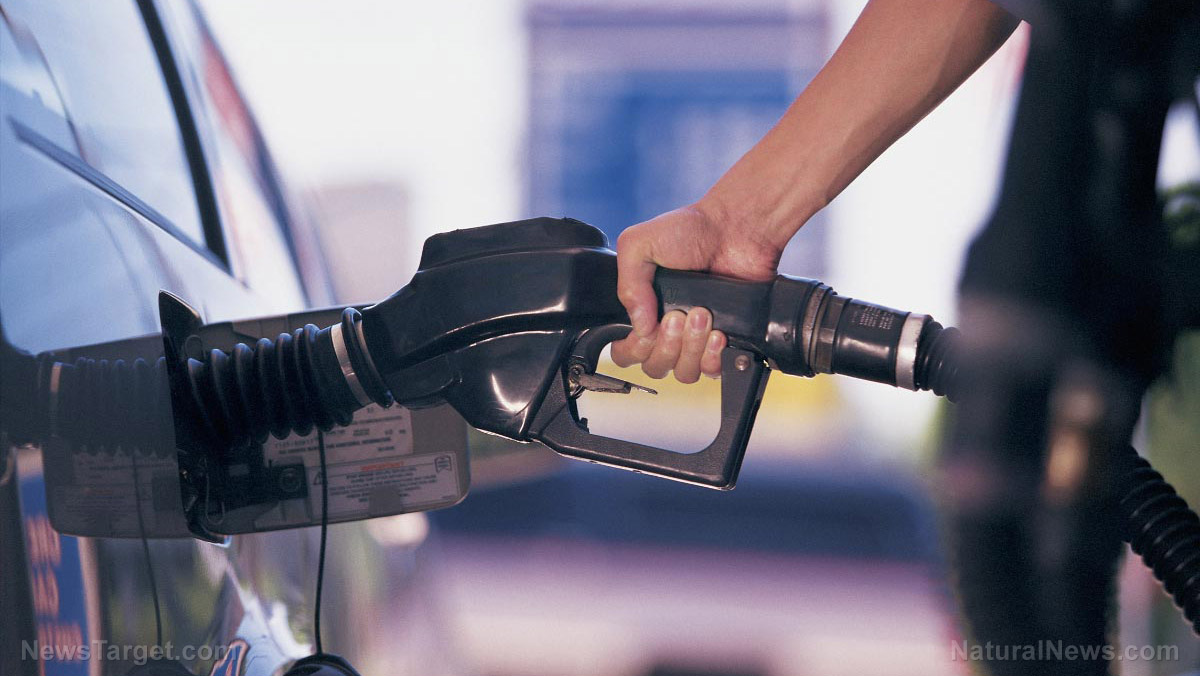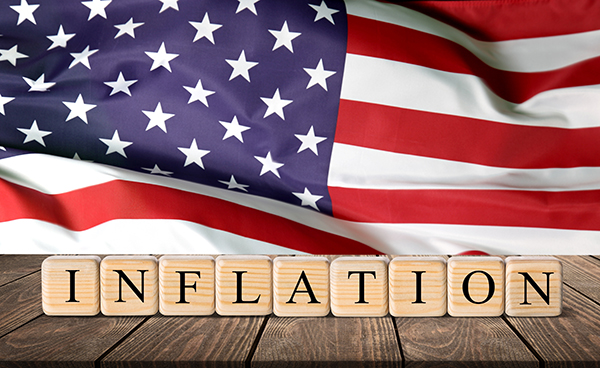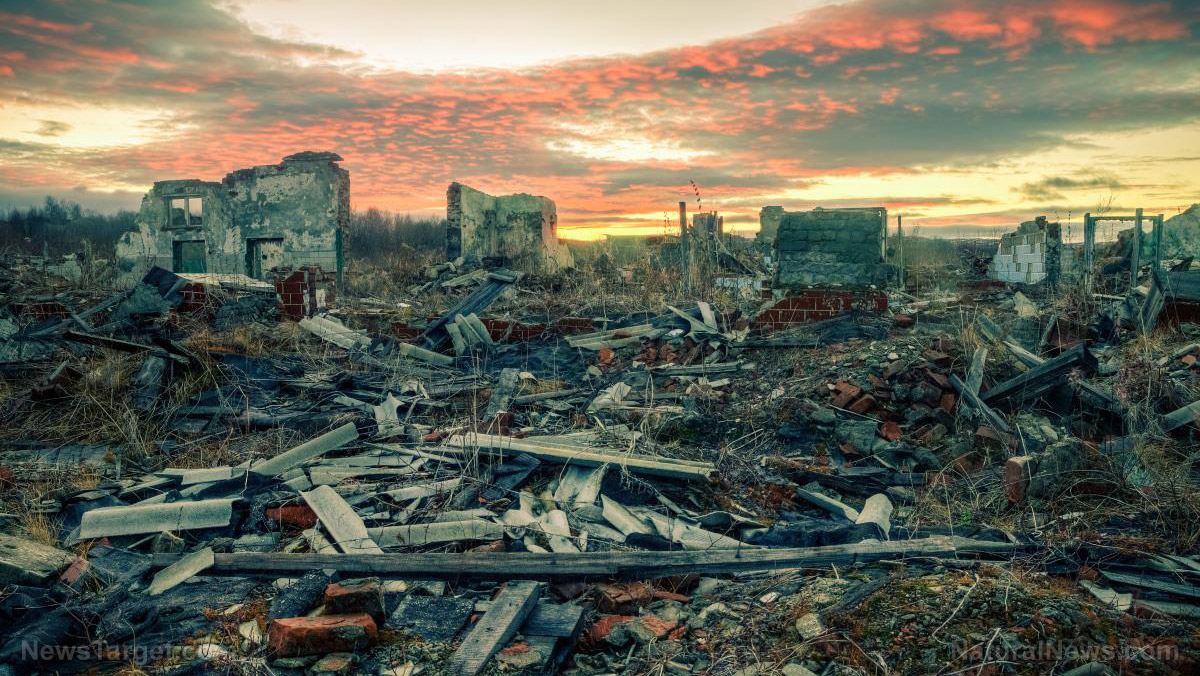As gas prices rise for 5th straight week, experts warn high prices will persist through summer
By isabelle // 2023-02-08
Tweet
Share
Copy

Gas prices in the U.S. rose for the fifth week in a row during the last week of January, and industry analysts report that they are unlikely to drop in the near future. According to GasBuddy, the national average reported last week of $3.49 per gallon represents a rise of 33.3 cents over the figure from one month ago and 14.1 cents over the figure from one year ago.
When analyzed by state, Hawaii noted the most expensive gas in the nation at $4.88 per gallon. It was followed closely by California, where a gallon of gas is putting consumers back $4.48, and Washington, where gas is $4.03 a gallon. The cheapest gas in the nation right now can be found in Texas, whose average price per gallon is $3.09, followed by Oklahoma and Arkansas, where gas is $3.13 and $3.15 respectively.
The average price for a gallon of gas in Colorado has risen 86 cents during the past month and is now sitting at $3.92. The state’s average is 60 cents higher than a year ago and well above the national average. Diesel prices are also on the rise there, with the $4.79 price tag per gallon marking a rise of $1.29 over a year ago.
Utah, meanwhile, has seen gas prices climb by 40 cents during the last month, with the average cost of a regular gallon of gas sitting at $3.67. KSL TV 5 in Salt Lake City reports that the price jumps typically seen in March appear to have arrived earlier this year.
Utah governor Spencer Cox blamed the situation on a “regional supply decrease.” This is connected to the shutdown of a refinery in Colorado due to malfunctioning equipment that took place in December; that refinery will not be back online until March. Nevertheless, the current price is significantly lower than the $5.26 a gallon that consumers paid there last July.
In a statement, Cox said: “Unfortunately, this comes on top of an increase in natural gas prices, and we’re very concerned about those struggling to make ends meet. Energy costs affect us all but disproportionately impact those with lower incomes and larger families.”
GasBuddy's head of petroleum analysis, Patrick De Haan, attributed the situation to retailers passing on wholesale gasoline price increases to consumers against a backdrop of the upcoming refinery maintenance season and the slow recovery of refinery utilization following the cold weather seen in December. He added that the situation is unlikely to change any time soon.
“Because of the surge in prices last spring, many refineries that had planned maintenance deferred maintenance until 2023. With the can kicked to this year, we may have similar challenges producing enough refined products to meet demand, especially with the European Union cutting off refined products from Russia starting February 5,” he explained.
Big price spikes may come sooner than expected this year
Unfortunately, not only is the situation unlikely to improve, but experts like De Haan believe that big price spikes could occur sooner than anticipated this year. He said that while they previously believed there was a possibility of the national average topping $4 in May, that milestone might now be reached in April or even March due to factors such as the reopening of China and the impact of arctic weather on supply and demand. So, when can drivers expect to see gas prices drop? The end of summer is considered the earliest this could happen, and that’s only if there are no further delays in refinery maintenance. In the meantime, drivers can get some relief by taking steps to improve their fuel efficiency, such as limiting idling, avoiding preheating their car in winter, keeping tires properly inflated, and clearing extra weight from the car, such as unneeded sports equipment and roof racks. Sources for this article include: HeadlineUSA.com 9News.com KSLTV.com TheHill.comTweet
Share
Copy
Tagged Under:
collapse economy gas transportation gas prices inflation fuel price hikes supply chain fuel prices dollar demise pump prices fuel suppy
You Might Also Like
Egg prices surged 70% in a year – a dozen is now pricier than a pound of ground beef
By Belle Carter // Share
Inflation, economic downturn force Walmart to close under-performing stores
By Roy Green // Share
Inflation remains hot: CPI up by 0.5% in January and 6.4% year-over-year (official numbers)
By Belle Carter // Share
Federal government hides true rate of inflation by changing how CPI is calculated
By Arsenio Toledo // Share
IMF says world needs to prepare for the ‘unthinkable’ after COVID, war in Ukraine
By News Editors // Share
Recent News
False flags and the fight for truth: Jeffrey Prather's "Shadows of Deception"
By ramontomeydw // Share










